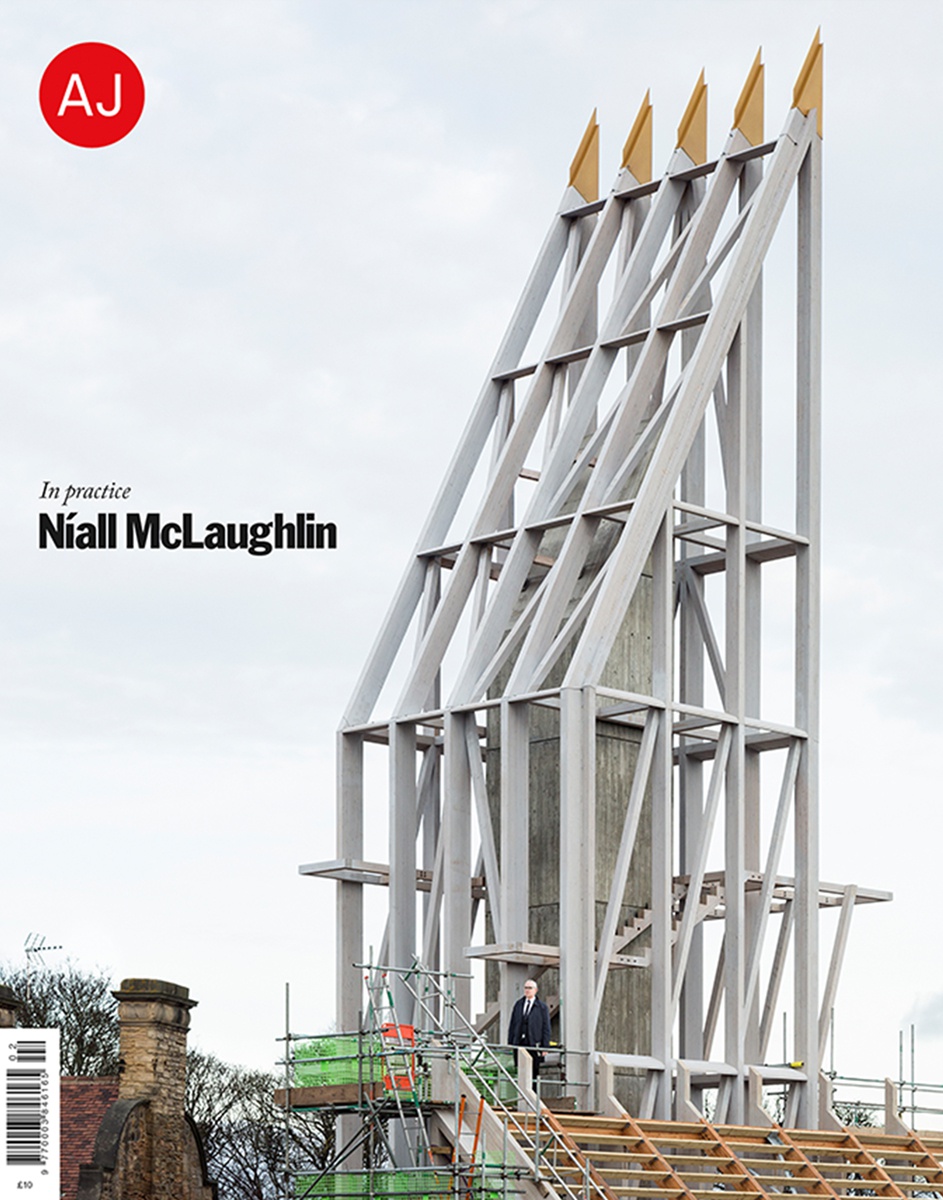In Practice. Níall McLaughlin - Architects Journal
January 2018
Text Rob Wilson, Owen Hopkins, Jon Astbury
Images Nick Kane
The article can be downloaded here.
An issue of the Architects' Journal dedicated to the work of the practice with building studies on The Sultan Nazrin Shah Centre, LAMDA and West Court Jesus College.
"With this light-touch mix of practical function, form and delight, utilising distinct architectural language while echoing and drawing on the context of the site, McLaughlin’s building reprises beautifully threads of thought that earlier informed MacCormac’s."
Following a design competition in early 2013, Worcester College, Oxford selected Níall McLaughlin Architects to design the Sultan Nazrin Shah Centre. The brief called for a new auditorium, dance space, seminar rooms, and ancillary facilities on the site of a tennis court overlooking the spectacular college sports field. The building nestles into the tree line, providing aspect over the field while forming a new three-sided ‘quad’ to the east. The designed form carefully respects the neighbouring MJP-designed Sainsbury Building, with which it shares a new square and extension to the college lake.
The cover of the 7 September 1983 edition of the AJ featured the then new Sainsbury Building at Worcester College by MacCormac Jamieson Prichard, the subject of the issue’s main building study written by Robert Voticky – and the same building that now faces the new Nazrin Shah Centre across a common courtyard. The latter’s architect, Níall McLaughlin, keeps a copy of the issue in his office and, walking through the college with him, it becomes clear how important the architectural context of the college’s newer buildings – particularly the MacCormac building, which he calls ‘superb’ – has been to its design development.
The thrust of critique in Voticky’s appraisal is around the then current reaction to the 31 ‘fuck context’ tendency in Modernism, and the duopoly of what he calls ‘High’ and ‘Ordinary’ design traditions, crudely: form- making Beaux Arts-type architecture versus architecture more determined by function and use. He reviews the Sainsbury Building favourably as a clever synthesis of both and, seeing it today, it remains an interesting mix of contextual modernism gently tipping into Pomo. Its symmetrical plan splays out from a sunken corner common room, sitting prow-like on a paved promontory out into the college lake, its floor level delightfully that of the depth of a punt. From this, the building banks back in twinned clusters of student rooms, designed to be approached obliquely, looking more vernacular picturesque than symmetrical set-piece.
